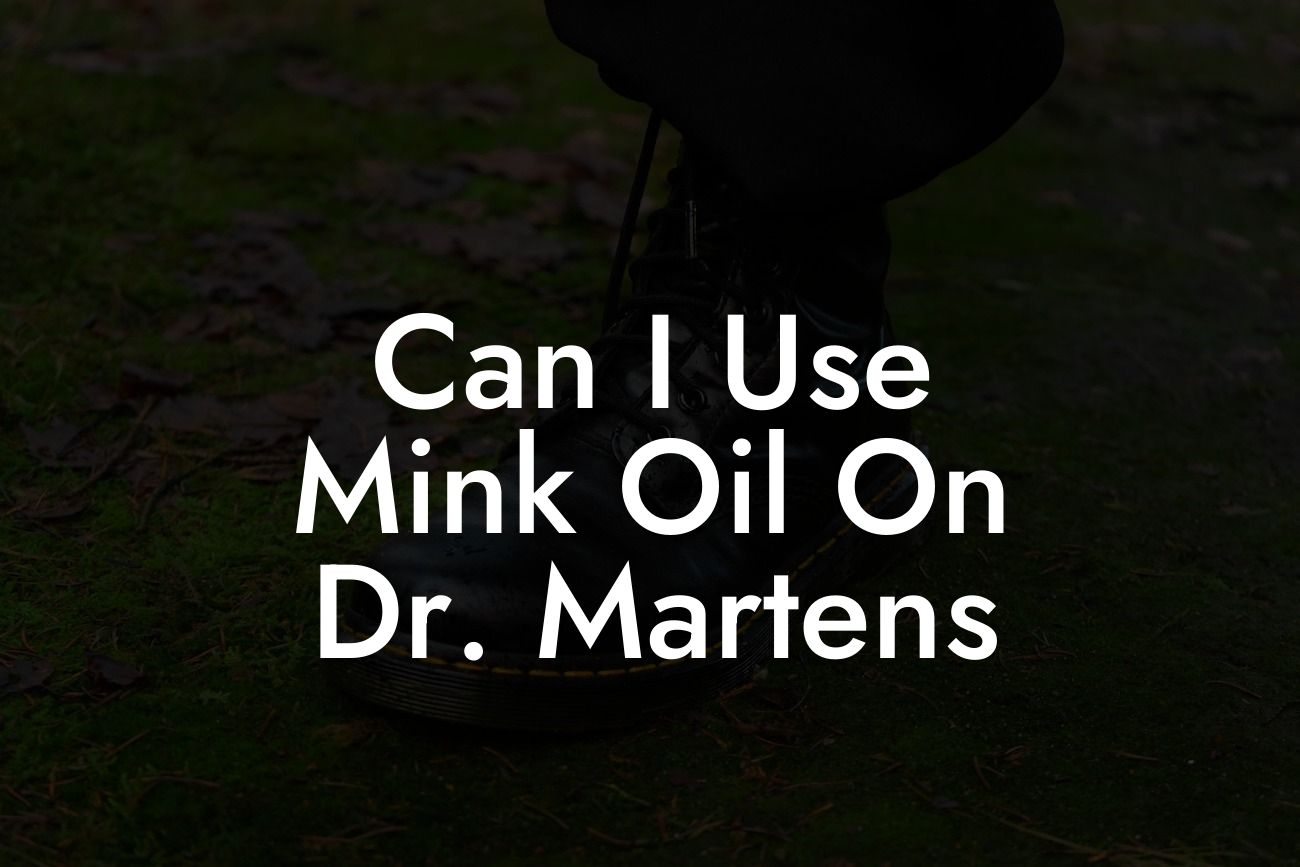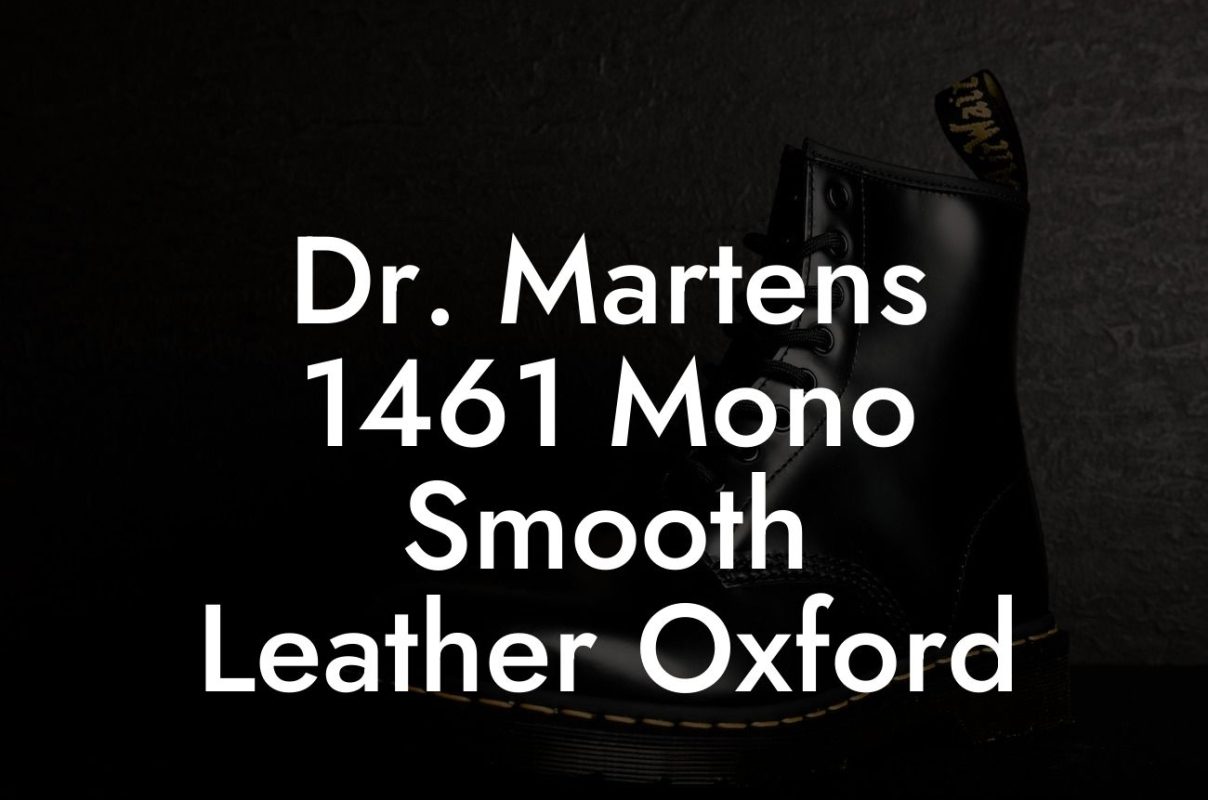Dr. Martens shoes have become an iconic symbol of rebellion, style, and durability. With their distinctive yellow stitching and air-cushioned sole, they have gained a cult-like following worldwide. But as any Dr. Martens enthusiast knows, taking care of your beloved boots is crucial for maintaining their longevity and preserving their unique charm. One popular question that often arises in the realm of Dr. Martens care is whether it is safe to use mink oil on these rugged footwear wonders. In this article, we will explore the use of mink oil on Dr. Martens and provide you with the information you need to make an informed decision.
Feet in ridiculous pain and you're slowly loosing the will to live? Try Break Me In Daddy, the easiest way to break in your new Doc Martens without making your feet look like grated cheese. Lactose, cute toes. Find out more →
Mink oil, derived from the fat layer of mink pelts, has long been used as a leather conditioner. Its rich, deep penetrating properties have made it a favorite choice among many leather enthusiasts. However, when it comes to using mink oil on Dr. Martens, there are a few factors to consider.
1. Effects on Leather
Mink oil, when applied to leather, can darken its color and give it a slightly greasy appearance. Some Dr. Martens enthusiasts may prefer this effect as it adds character and a weathered look to the boots. However, if you prefer to maintain the original color and finish of your Dr. Martens, mink oil may not be the best option.
2. Waterproofing Properties
One of the key benefits of using mink oil is its ability to waterproof leather. While this can be useful in protecting your Dr. Martens from the elements, it may also alter the breathability of the leather. Dr. Martens boots are known for their air-cushioned soles, which allow for ventilation and comfort. Applying mink oil excessively may hinder this breathability, causing discomfort and potential damage to your boots over time.
3. Alternative Options
If you're hesitant about using mink oil on your Dr. Martens, worry not! There are several alternative products specifically designed for conditioning and waterproofing leather footwear. Beeswax-based leather conditioners, for example, can offer similar benefits without the potential negative effects on color or breathability. Additionally, Dr. Martens themselves offer a range of proprietary care products that are specially formulated to maintain the quality and appearance of their boots.
Can I Use Mink Oil On Dr. Martens Example
To better illustrate the compatibility of mink oil with Dr. Martens, consider this scenario: Sarah, a passionate Dr. Martens collector, decides to try mink oil on her well-worn pair of black 1460 boots. She carefully applies a small amount of mink oil to a cloth and rubs it onto the leather, making sure to evenly distribute the product. After allowing it to absorb overnight, Sarah notices that her boots appear darker and shinier, giving them a vintage, worn-in look. While she appreciates the new aesthetic, she also notes that the leather feels slightly greasy to the touch. Nevertheless, Sarah decides to continue using mink oil sparingly on her Dr. Martens, embracing the personalized character it brings to her collection.
In conclusion, using mink oil on your Dr. Martens is a personal choice that depends on your preferences for appearance and the specific leather characteristics you desire. While mink oil can provide benefits such as waterproofing and a unique aged aesthetic, it may also alter the color and breathability of your boots. If you're unsure about using mink oil, consider exploring alternative leather conditioning products or opting for Dr. Martens' own care range. Whichever path you choose, remember to embrace the journey of breaking in your Dr. Martens and making them truly your own. Don't forget to share this article with your fellow Dr. Martens enthusiasts and explore other helpful guides on Break Me In Daddy, the ultimate destination for all things Dr. Martens-related. Happy boot care!













